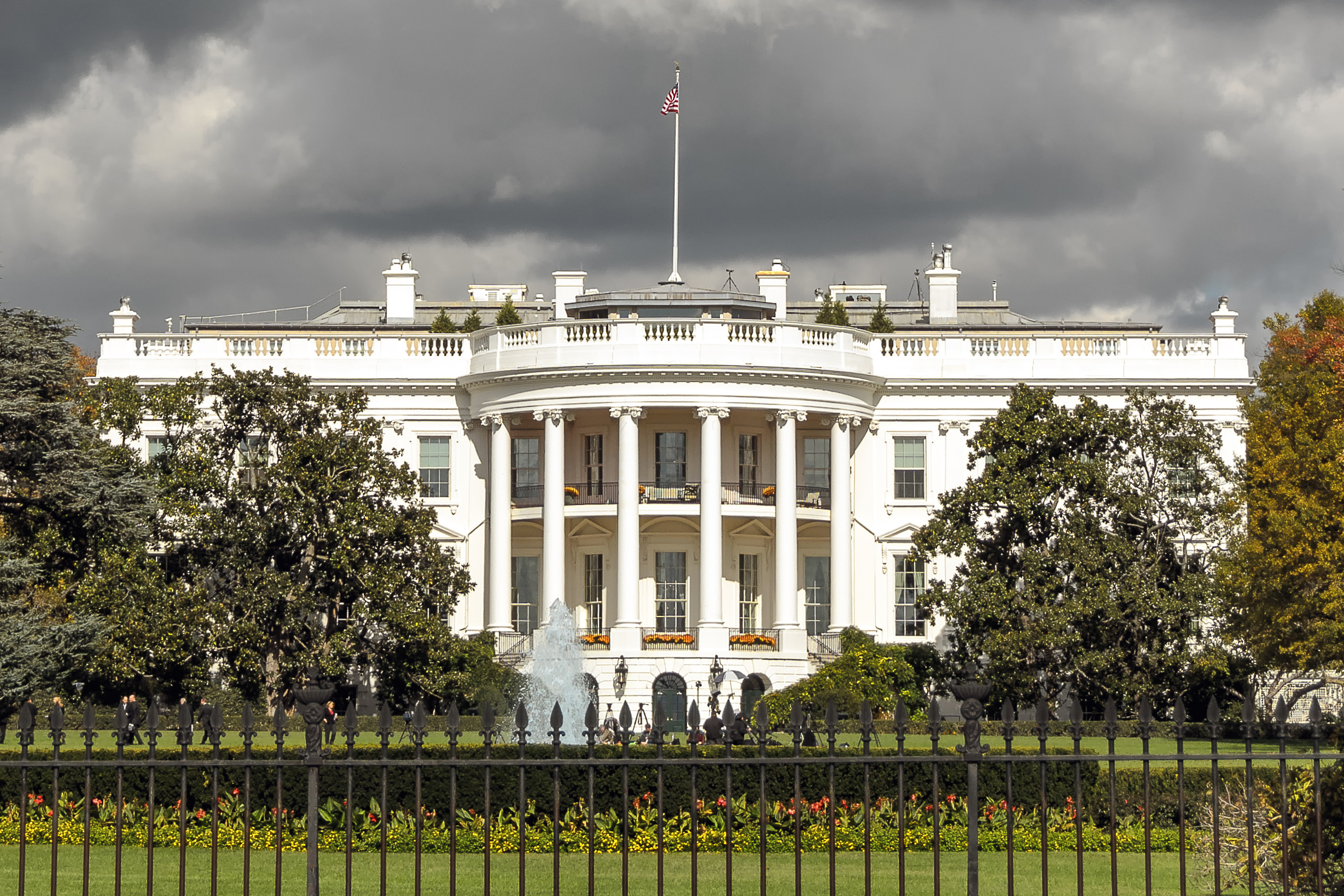How President Trump’s 100-Day Actions Diverge from Public Concern on Inflation
The recent raft of polls focusing on President Donald Trump’s first 100 days in office do not paint a sunny picture for the White House. Trump’s job approval numbers seem largely locked in the low 40s in the major media polls — from 44% in the Fox News poll to 39% in The Washington Post survey — with good-sized drops since his inauguration.
And there are reasons to believe the numbers may be worse than they appear. Most surveys show voters have turned sour on Trump’s handling of the economy as the president ramps up his tariff war.
- Only 43% approve of Trump’s handling of the economy in the most recent New York Times survey.
- The Washington Post’s poll shows 39% of people approve of his handling of the economy.
- In the Fox News poll, Trump’s economic approval is 38%.
When voters went to the polls last November, they had a complicated set of concerns, but the data suggested the electorate was primarily driven by economic concerns. AP VoteCast found that 39% of Americans said the economy was their top issue in 2024, while 20% said immigration. Abortion was a distant third at 11%.
Digging deeper, a 2024 survey from the American Communities Project found that one issue was driving those economic concerns across all community types: inflation. And as the White House wades deeper into a tariff war with China, that point should not be lost.
The Scene Last Year in the ACP
In 2024, the American Communities Project conducted its second survey to understand the fragmentation in American society. And, as is usually the case, the 15 community types diverged on many points, but one area of agreement was the danger of inflation.
Respondents were asked to choose three issues from a list of more than 20 “important issues facing the country,” including abortion, political extremism, and climate change. The top issue in every one of the 15 community types was “inflation and rising costs.”
That commonality was a crucial finding because daily life in the different community types can vary greatly. Some are doing much better than others economically based on higher median household incomes and home values. The political leanings differ among the 15 types as well.
For instance, the Urban Suburbs have the highest median household income of any of the types, at more than $87,000, and they vote solidly Democratic as a group. Graying America has a much lower median household income, about $57,000, and as a group it votes solidly Republican. Yet both community types rated inflation as the top concern.
To be clear, “immigration,” which is clearly a priority of the Trump administration, rated as an “important issue” as well, just not to the same degree. It was second overall nationally, and sat lower in a few community types. More crucially, the numbers for the issue were far below the numbers for “inflation or rising costs” in nearly all the types.
There are several points worth noting on those two charts. First, immigration is 14 points lower than inflation nationally, but that difference showed up across the board. Even in community types where Trump won by massive margins, or the more “swing” counties that were crucial to his win, inflation was the bigger concern last year by far.
Consider the Evangelical Hubs, where Trump carried a staggering 81% of the vote in 2024. Here inflation was an important issue for 54% of residents, while immigration clocked in at 33%.
Or look at the Middle Suburbs, the blue-collar counties heavily based in the Industrial Midwest that were central to Trump’s win. In those places, 52% cited inflation as a serious issue, while 31% chose immigration.
What’s Changed, What Hasn’t
Of course, one could argue these are old data. Times change and attitudes change. It could be that some Republicans voters who hated inflation last year, might be more understanding this year — viewing it as something Trump is trying to tame (though data show it was on its way to being tamed last year).
But these data matter in that they show where people’s thoughts were as the election neared in 2024 and the conditions that led to Trump’s election. That is, these were the problems people wanted addressed, and inflation was the runaway leading concern in all the ACP’s types.
None of this means immigration is not a big issue with voters. It clearly was in 2024 and presumably is today. What’s less clear is whether the administration’s current approach to immigration, one that largely ignores due process, is something voters support.
Many of the Trump “100 days” polls show he is now underwater on immigration as well, even as the administration focuses attention on the issue and considers it a strength. The New York Times poll shows 47% approve of Trump’s handling of immigration, while 51% disapprove. In The Washington Post poll, 46% approve and 53% disapprove. In the Fox News survey, the figures are closer but still not strong, 47% approve and 48% disapprove.
More to the point, however, the data suggest that White House ignores inflation at its own risk. The most recent consumer confidence numbers from the University of Michigan show a lot of apprehension among Americans — particularly regarding expectations for the future and inflation. The tariff wars are not likely to help with voter concerns.
Much has been made about the tariffs roiling global markets. But, as the ACP noted recently, that probably has less to do with the impacts from the tariffs (many of which are still months off) than it does the idea of the tariffs (which people are currently absorbing).
What seems clear at Trump’s 100-day mark is the idea of the tariffs don’t seem to be inspiring confidence. And if prices begin rising in the next few months, those attitudes may grow bleaker.
